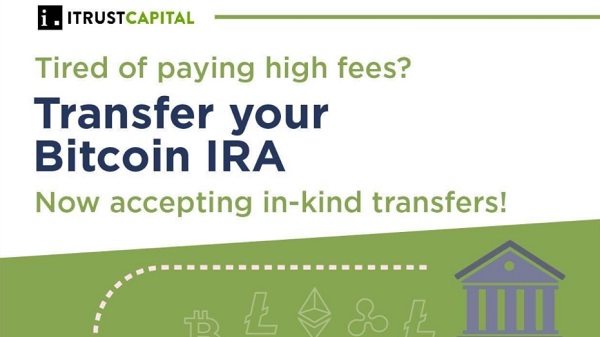
TLDR
Ethereum’s median gas price has hit a 5-year low, dropping to 1.9 gwei on August 10, with low-priority transactions costing around 1 gwei or lower.
The decrease in gas fees is attributed to increased activity on layer-2 networks and the implementation of the Dencun upgrade in March.
The low fees have led to concerns about Ethereum’s deflationary narrative, as fewer ETH are being burned while more are being issued.
The reduction in fees has resulted in an increase in Ethereum’s supply, with potential implications for its long-term tokenomics.
Ethereum, the second-largest cryptocurrency by market capitalization, has seen its transaction fees, known as gas fees, drop to their lowest levels in five years. This dramatic decrease, while beneficial for users in the short term, has sparked discussions about the long-term implications for the network’s economics and sustainability.
As of August 10, the median gas price on Ethereum hit 1.9 gwei, according to Dune Analytics data. This represents a nearly 98% drop from its year-to-date high of 83.1 gwei in March. For context, low-priority transactions — those processed within about 10 minutes — were priced at just 1 gwei, or approximately seven cents.
The significant reduction in gas fees can be attributed to two primary factors. First, the Dencun upgrade implemented in March introduced data blobs, or proto-danksharding, which aimed to decrease transaction costs for layer-2 blockchains. Second, there has been a notable shift in activity from Ethereum’s main chain to various layer-2 solutions.
Layer-2 networks like Base, Arbitrum, and Optimism have seen a surge in activity, processing more transactions than the Ethereum mainnet itself. For instance, Base handled 109 million transactions in the last 30 days, compared to Ethereum’s 33 million. This shift has effectively reduced congestion on the main chain, leading to lower gas fees.
While lower transaction costs are generally seen as positive for users and adoption, they have raised concerns about Ethereum’s tokenomics. The network’s deflationary mechanism, which burns a portion of transaction fees, has been significantly impacted. With fewer Ether (ETH) being burned due to lower fees, the network’s supply has begun to increase.
Data from Ultra Sound Money shows that nearly 13,400 ETH worth $34.1 million was added to Ethereum’s supply in the past seven days. This trend stands in stark contrast to the deflationary narrative that many Ethereum proponents have championed in recent years.
The situation has prompted discussions within the Ethereum community about potential solutions. Martin Köppelmann, co-founder of Gnosis, expressed concern that gas fees of at least 23.9 gwei are needed to fund staking rewards adequately. He suggested that “Ethereum needs to get more L1 activity again” and proposed that “raising the gas limit can be part of a strategy” to address the issue.
Basefee right now at a multi year low of ~0.8 GWEI. 23.9 would be required to offset staking rewards. IMO Ethereum needs to get more L1 activity again and even if it sounds counterintuitive at such low rates, raising the gas limit can be part of a strategy. pic.twitter.com/RaTkzKOx1r
— Martin Köppelmann 🦉💳 (@koeppelmann) August 10, 2024
The implications of persistently low gas fees extend beyond just the supply dynamics of ETH. They also affect the security model of the network, as staking rewards play a crucial role in incentivizing validators to secure the blockchain. If these rewards become less attractive due to lower fee revenue, it could potentially impact the network’s overall security in the long run.
It’s worth noting that the current situation also demonstrates the success of Ethereum’s scaling strategy.
The network has long emphasized the importance of layer-2 solutions for handling increased transaction volume, and the current state of affairs suggests that this approach is working as intended.
For now, users can enjoy the benefits of extremely low gas fees, making Ethereum more accessible than it has been in years.







Be the first to comment